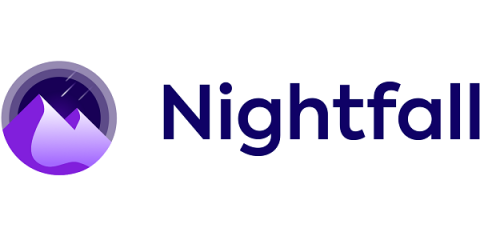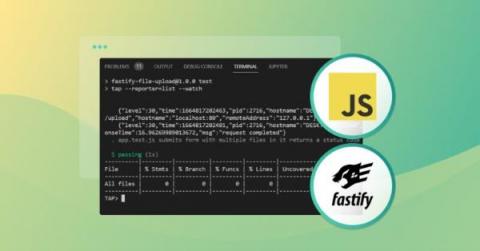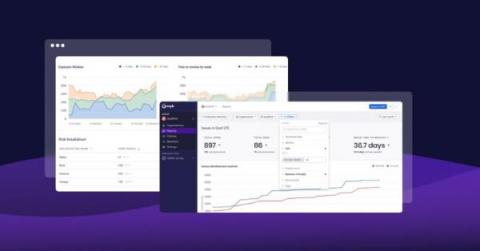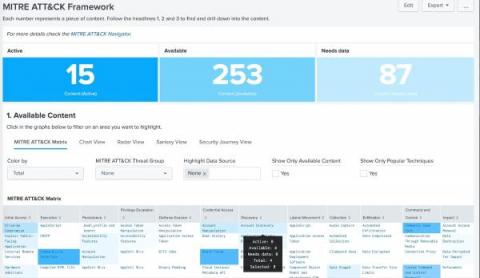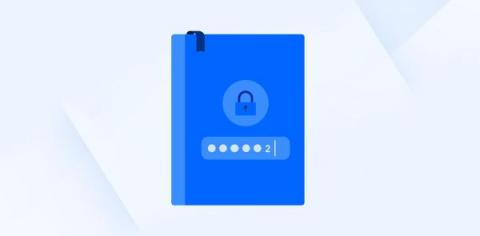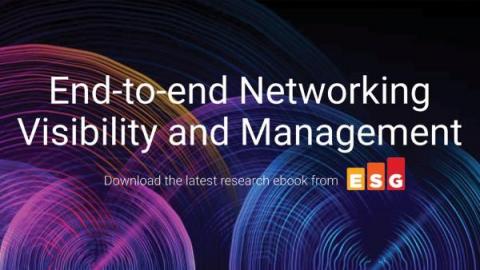2022 in Review: 4 Lessons We've Learned from 2022's Largest GitHub Breaches
2022 revealed that security challenges remain for organizations leveraging GitHub. Between supply chain attacks, API key leaks, and other security risks, there are plenty of lessons and takeaways from this year’s GitHub-related headlines. In this post, we’ve rounded up and categorized the year’s largest GitHub stories. Read on to learn more about the types of security risks occurring in GitHub and the lessons you’ll want to take with you into 2023 and beyond.


